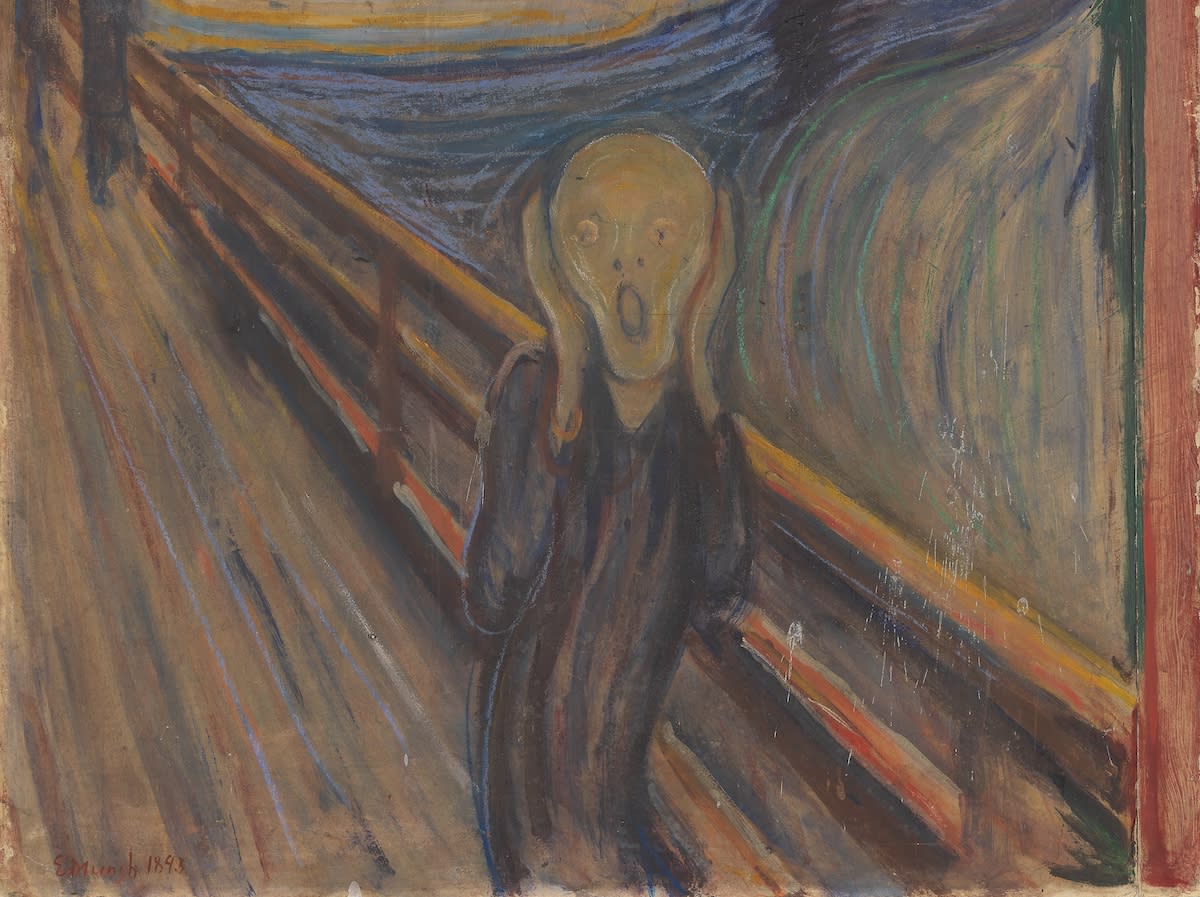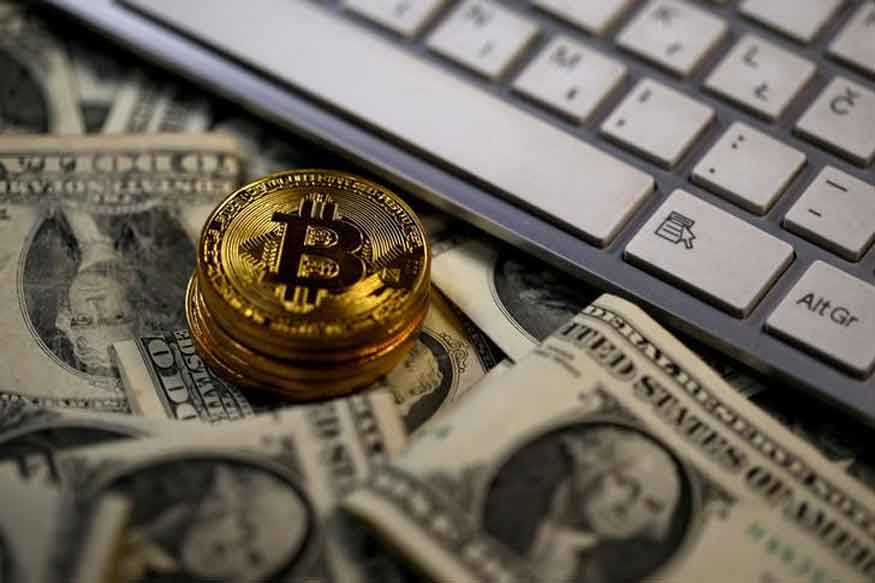
The price, paid by an anonymous bidder at a Sotheby’s auction for Edvard Munch’s “Scream,” smashed the record price for fine art set when Pablo Picasso’s “Nude, Green Leaves, and Bust” sold for $106.5 million two years earlier.
What was striking when I wrote about this eight years ago, was that the trend in the consumer price index was then extremely soft.The scourge was not inflation but employment-killing deflation.The Federal Reserve had slashed rates to zero and was spending hundreds of billions of freshly created dollars on government bonds in a mostly failing bid to recharge investment and consumer spending and drive CPI inflation up to its target rate of 2%.
Related: The Rise of the Dollar Killers
You’re reading Money Reimagined , a weekly look at the technological, economic and social events and trends that are redefining our relationship with money and transforming the global financial system.You can subscribe to this and all of CoinDesk’s newsletters here .
Meanwhile, rare art prices were soaring – a powerful illustration of the inequitable payoffs from monetary and fiscal stimulus.
An April 9 viral tweet showed that a similarly stark contrast is already playing out in the even harsher crisis of COVID-19.With its unlimited “quantitative easing,” or QE, campaign throwing trillions of dollars not only at Treasury debt but at risky “junk bonds” too, the Fed is handing Wall Street an asset inflation payoff while Main Street stares down the barrel of deflation.
As investor Preston Pysh points out in the first episode of The Breakdown’s “Money Reimagined” limited podcast series , the absence of mainstream inflation seems incongruous, even frustrating, to people – including many in the crypto community – who assume rampant central-bank money printing will destroy consumers’ spending power.
They are looking, he says, in the wrong place: QE inflation will manifest not in the prices of everyday things but in assets owned by the wealthiest in society.
Related: Hedge Fund Pioneer Turns Bullish on Bitcoin Amid ‘Unprecedented’ Monetary Inflation
Like stocks.And Picassos.
“That’s where I think the ‘money printer go b ’ meme is confusing a lot of people,” Pysh said, referring to a Crypto Twitter favorite inspired by this tweet from investor and Consensus: Distributed speaker Meltem Demirors “Because they are looking at the CPI bucket and you’re not going to see it there.”
The vicious dollar cycle There’s a lesson here for bitcoin investors but before I get to that, let’s be blunt about society’s core problem.
It is not consumer inflation, not for now, at least.It is the failure of a Wall Street-dependent monetary policy framework that socializes the losses and privatizes the profits of wealthy financiers while disenfranchising everyone else.
As Pysh explains, the world economy is stuck in a broken cycle that stems from the world’s heavy addiction to dollars.
The reserve-currency dollar’s dominance of global credit markets ensures that during crises, it almost always experiences a self-fulfilling appreciation that helps nobody other than holders of U.S.financial assets.
Overseas debtors scramble for greenbacks to make payments in response to skittish creditors’ margin calls, only to face even bigger problems as their depreciating local currencies make their dollar debts even harder to pay.The Fed has no choice but to flood the world with dollars to prevent markets from seizing up.
In the U.S., meanwhile, foreign inflows and the Fed’s emergency measures lead to lower interest rates, which lets the government roll over debts and make stimulus payments despite a dangerously expanding deficit.Washington’s loyalties being what they are, very little of those politically directed bailouts make their way into American consumers’ pockets.What they get – courtesy of the stronger dollar – is lower inflation, or even income-depleting deflation.Right now, burdened with student loans and credit card debt, that’s the last thing they need..
